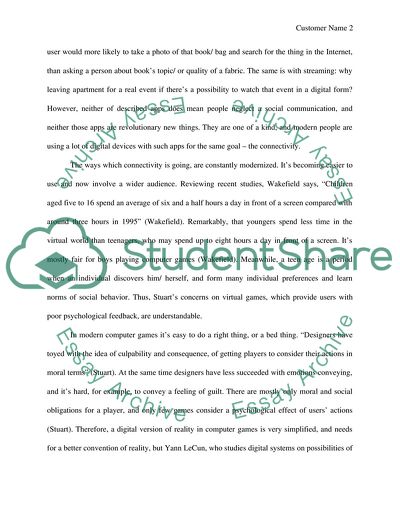Cite this document
(“Innovation Essay Example | Topics and Well Written Essays - 1000 words - 4”, n.d.)
Retrieved from https://studentshare.org/psychology/1686361-innovation
Retrieved from https://studentshare.org/psychology/1686361-innovation
(Innovation Essay Example | Topics and Well Written Essays - 1000 Words - 4)
https://studentshare.org/psychology/1686361-innovation.
https://studentshare.org/psychology/1686361-innovation.
“Innovation Essay Example | Topics and Well Written Essays - 1000 Words - 4”, n.d. https://studentshare.org/psychology/1686361-innovation.


